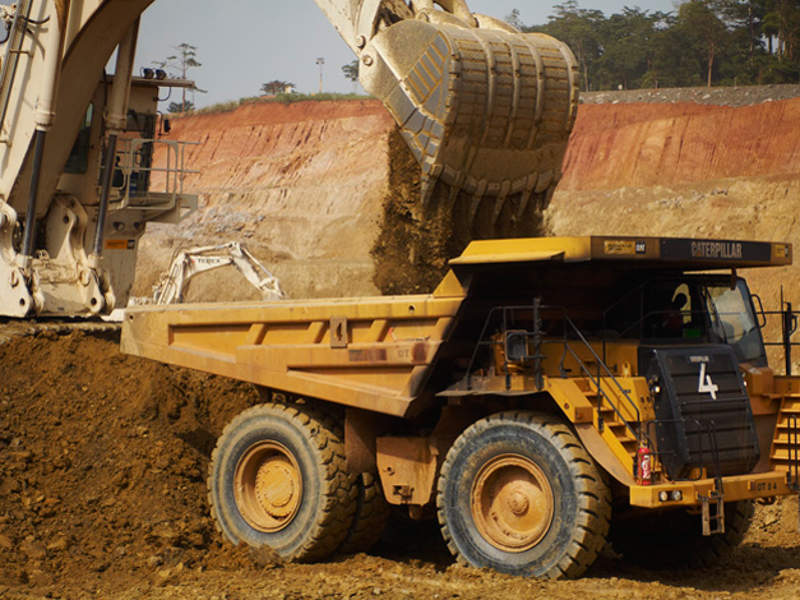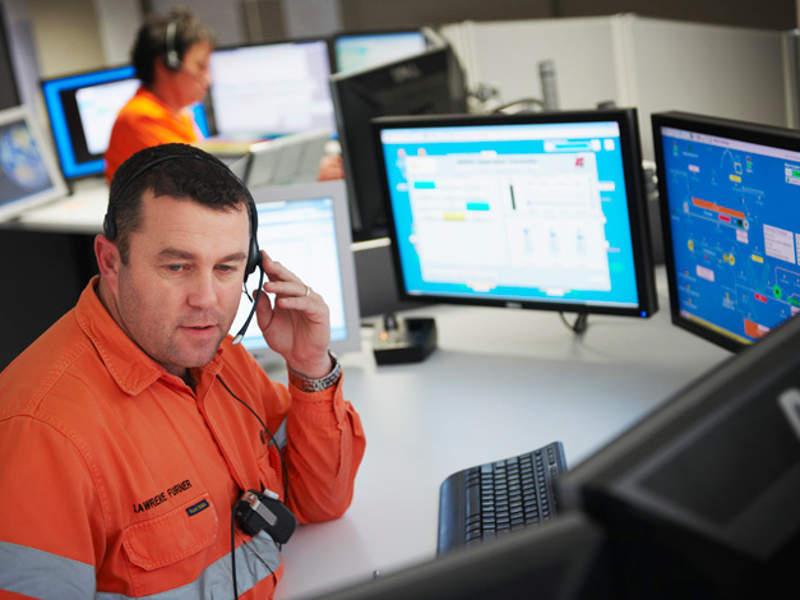The Wafi-Golpu project is located in the Morobe province of Papua New Guinea. The gold-copper project is owned by the Wafi-Golpu Joint Venture (WGJV), a 50:50 JV of Newcrest and Harmony Gold.
The project includes three separate genetically related deposits namely Golpu, Nambonga and Wafi. The Wafi deposit was explored in 1970s by CRA Exploration, while the Golpu porphyry was discovered by Elders Resources in 1990.
The Papua New Guinea government has the right to purchase 30% equity interest in any mineral discovery at Wafi-Golpu, before the commencement of mining.
The Wafi-Golpu project is expected to start production in 2020, with annual production peaking in 2025, at 320,000 ounces (oz) of gold and 150,000t of copper.
Project Gallery
-

The Wafi-Golpu project is expected to start production in 2020. Image courtesy of Newcrest Mining Limited.
-

The project will provide 2,500 jobs during construction phase. Image courtesy of Newcrest Mining Limited.
-

The Wafi-Golpu project is expected to reach its peak annual production capacity of 320,000oz of gold and 150,000t of copper in 2025. Image courtesy of Newcrest Mining Limited.
The project is estimated to incur a total capital expenditure of $5.3bn. It will generate 2,500 jobs during construction phase and is expected to have a life of 28 years.
Wafi-Golpu gold-copper project history
Harmony Gold acquired the Wafi-Golpu exploration interests in 2003.
WGJV filed a Special Mining Lease (SML) application for the project with the Papua New Guinea Mineral Resources Authority in August 2016.
An updated feasibility study was submitted to the Mineral Resources Authority in March 2018 and the environmental impact statement (EIS) of the project was submitted to the Environment Protection Agency of Papua New Guinea in June 2018.
Location and geology
The Wafi-Golpu project is located in the eastern Papua New Guinea, approximately 60km south-west of Lae, the capital city of Morobe Province in the north coast region.
The project lies within the New Guinea Mobile Belt of Papua New Guinea, which is one of the world’s pre-eminent geological terrains for porphyry copper-gold and epithermal gold mineralisation.
Golpu is a mineralised multi-phase porphyry style copper-gold deposit, while Nambonga is a mineralised copper-gold quartz vein array, and Wafi is a high sulphidation epithermal gold deposit.
Golpu is one of the world’s major deposits by size and grade. It is an oval-shaped deposit covering an area of 800mx400m. The deposit originates from 200m below surface and extends up to a depth of 2,000m.
Mineralisation at Wafi occurs up to 600m below the 1,100mx800m surface. The outcropping deposit lies less than 1km to the south of the Golpu porphyry deposit area and hosts high-sulphidation epithermal mineralisation.
Wafi-Golpu project reserves
The Golpu deposit is estimated to contain indicated and inferred resources of 823.8 million tonne (Mt) graded at 0.70g/t gold, 1.25g/t silver and 1.05% copper.
The proven and probable reserves of the Golpu deposit are estimated to be 379Mt graded at 0.91g/t gold and 1.26% copper.
The indicated and inferred resources of Nambonga are estimated to be 39.8Mt graded at 0.79g/t gold, 2.87g/t silver and 0.21% copper.
The total mineral resources of Wafi are estimated at 136.1Mt grading 1.65g/t gold.
Mining at Wafi-Golpu gold-copper project
The Golpu deposit will employ block cave method of underground mining. The caves will be open for staged development to optimise the capital efficiency. The stage one of the development will target the upper most portion of the ore body via two block caves.
The ore will be loaded directly into crushers by load haul dumping units in the first phase cave. The first two caves are expected to be mined for seven and nine years respectively, while the third cave is expected to be mined for 16 years.
The ore from the cave drawpoints will be transported to the underground crushers by load-haul-dump vehicles. The material handling system with a capacity of 17Mtpa of ore will have two crushers on each level.
The crushed ore will be conveyed to the surface through transfer conveyors, and then transferred to a coarse ore stockpile next to the Watut processing plant.
Details of the processing plant
The proposed Watut processing plant to be constructed at the site is a compact copper concentrator with a processing capacity of 17Mtpa to produce a high-grade copper concentrate.
The plant will be able to treat approximately 8.4Mtpa of ore for the first three years of operation. It will include a semi-autogenous grinding mill, two ball mills and a recycle crushing configuration, flotation, thickening, concentrate pumping and tailings pumping systems.
An additional ball mill and additional flotation cells will be installed in the fourth year to ramp up the capacity to approximately 17Mtpa.
Infrastructure
Bulk air cooling facilities will be installed at the Watut portal and underground chambers. The mine dewatering system designed for the site will use a cascade pumping system, where all the pump stations and electrical equipment will be installed above the flood line to perform dewatering even during flooding.
The project is expected to employ deep sea tailings placement (DSTP) system, which will include a tailings pipeline between the mine site and the discharge point near Lae. A concentrate pipeline to the proposed new port facilities at Lae is also planned to be built.
The accommodation facilities will include a permanent accommodation camp for 1,400 employees and a temporary camp for 1,000 people.
The project will receive electricity from a new 140MW power plant to be built on-site.
The storage facilities will include a conventional storage shed to hold copper concentrate and a surface workshop to store heavy equipment, light vehicles, and processing plant equipment. A general machine shop and a warehouse will also be built on the site.
A 35km-long new Northern access road from the Highlands highway to the mine site boundary, will be built to reduce travelling time and cost.
Contractors involved with Wafi-Golpu gold and copper project
Clough was awarded a $10m contract to provide construction management services for the advanced exploration works at the Wafi-Golpu project. The services were provided by Clough’s PNG subsidiary Clough Nuigini.
WorleyParsons RSA was engaged to conduct feasibility studies for the Golpu development.
